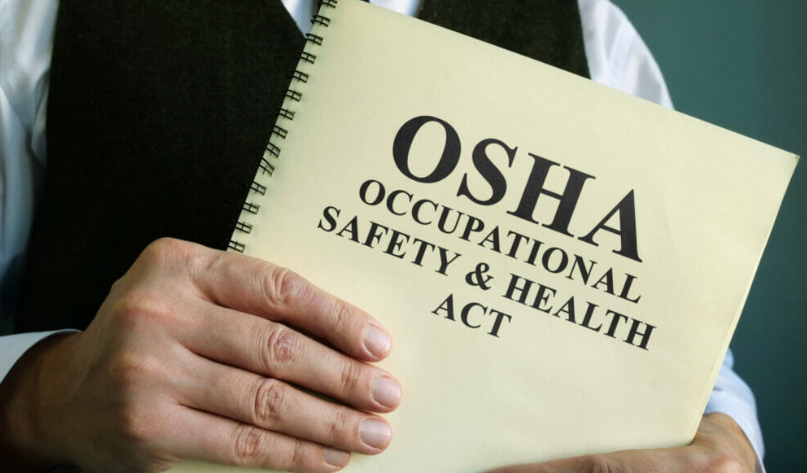Workplace safety is crucial for any organization, no matter how big or small, as Occupational Safety & Health Administration entails. Small and medium-sized enterprises need to ensure the safety and health of their employees to maintain their productivity and success. Without this, they cannot ensure the appropriate level of safety or security.
Federal or government agencies that ensure safe and healthy working conditions for employees are a vital presence. This blog will guide SMEs on how they can use OSHA guidelines to create a safer work environment for their employees.
Making Workplace Safety Goals Achievable At All Levels
Workplace safety goals should be achievable at all levels of an organization. SMEs need to create a culture of safety to ensure that everyone takes responsibility for workplace safety.
Employees should be encouraged to report any unsafe conditions or hazards to their supervisors. Employers should implement OSHA guidelines, including personal protective equipment or PPE, machine guarding, and hazard communication.
Ensuring Uniform Employee Experiences
OSHA guidelines ensure that all employees receive the same level of safety and health training. Employers should provide their employees with safety training, including hazard communication and emergency response procedures. They should also provide medical examinations for their employees.
Making Marketplaces At-Large Safer And More Productive
OSHA guidelines are not just for individual SMEs; they also make marketplaces at-large safer and more productive.
By following occupational health and safety guidelines, SMEs can reduce workplace accidents. This results in fewer workers’ compensation claims, insurance premiums, and medical bills. The result is a safer marketplace, increasing the demand for products and services.
Worker Awareness And Training
Worker awareness and training are crucial for maintaining workplace safety. Employers should train their employees on the safe operation of machinery, equipment, and vehicles. Employers should also ensure that their employees are aware of workplace hazards and how to respond to emergencies.
Ergonomic Standards
Ergonomic standards are essential for maintaining the health and safety of employees. Employers should provide their employees with the right workstations, including adjustable chairs and desks. Employers should also ensure that their employees take frequent breaks to prevent musculoskeletal disorders.
Conclusion
Creating a safe workplace environment is essential for any organization’s success. Hence, it’s not just big corporations that must follow Occupational Safety & Health Administration, or OSHA, guidelines. It is also upon smaller enterprises to ensure that their employees are safe and healthy.





